Out Now
The Mental Health Issue
Current Issue
The Mental Health Issue
AUG - SEPT 2025
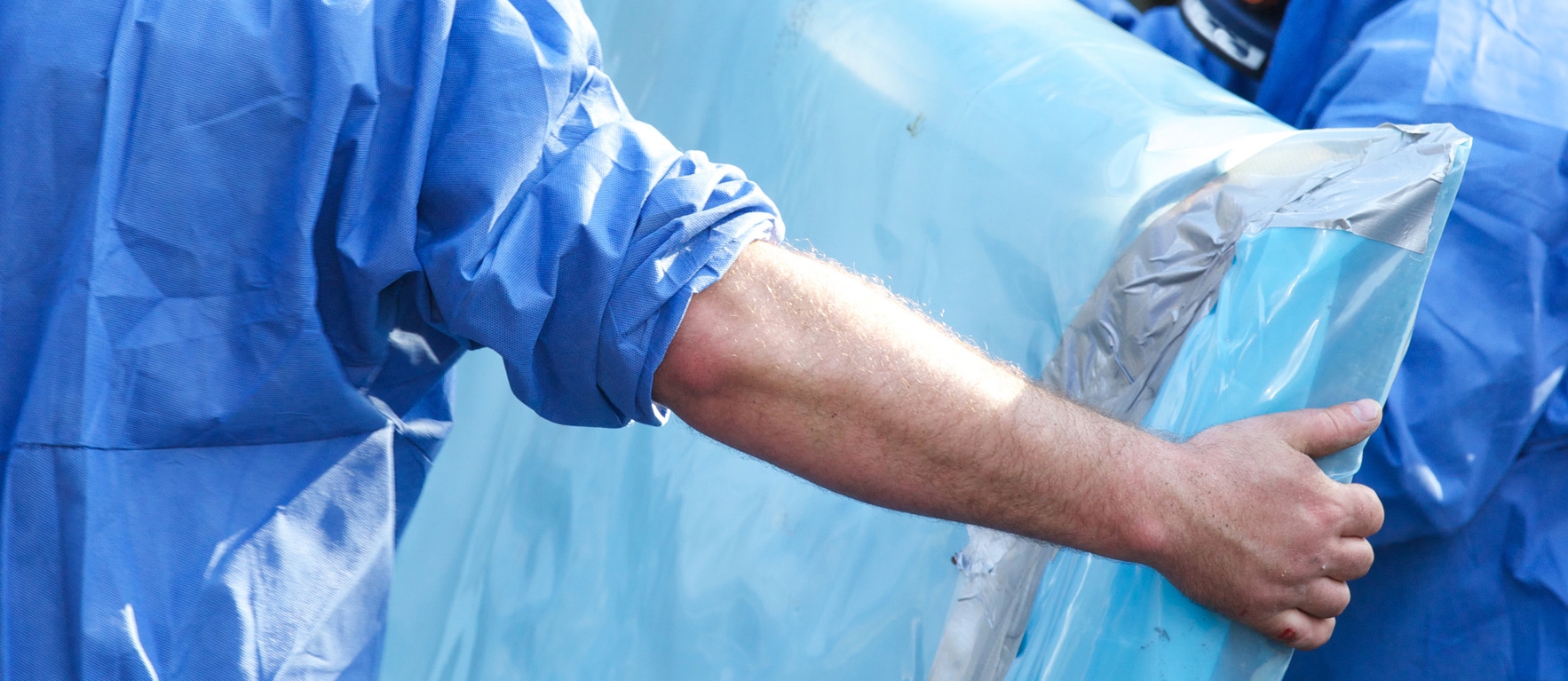
When it comes to electrics, switchboards reign supreme – yet beneath older switchboards lurks the menace of asbestos. Master Electricians’ Matthew Duncan explores everything you need to know – including when to keep your distance.
In the realm of electrical craftsmanship, we are faced with challenges daily. Amid the backdrop of modern technological advances, we find ourselves working with relics of the past that demand our attention. This is especially true when we’re talking about asbestos-infused switchboards.
In the electrical domain, the switchboard reigns supreme. New-age components, such as AC units, switched socket outlets, photovoltaic (PV) installations and EV chargers, all culminate in a fascinating symphony orchestrated by these indispensable panels.
However, a shift back in time reveals that older switchboards lack the convenient DIN mounting rails we now take for granted. What’s more, the installation of fuses and Residual Current Devices (RCDs) on these ageing switchboards not only consumes valuable time but also exacts a toll in terms of materials and costs. Identifying this at an early stage becomes imperative.
This silent infiltrator is an unfortunate relic of Australia’s construction history, weaving its way into the most inconspicuous corners of our domestic landscape. From insulating hot water cylinders to toaster elements, high-temperature jug cords ensconced in white fibre insulation, and, significantly, switchboard panels, asbestos has left an indelible mark.
The most perplexing challenge we face lies in the identification of asbestos within these switchboard panels.
Panels, particularly those manufactured prior to 1987, were fashioned from materials such as Zelemite and Millboard, which are known to contain up to 20% asbestos.
Older black mounting boards that have the scent of bitumen or coal tar also fall under this ominous warning. However, laboratory analysis is the sole recourse to confirm the presence of asbestos definitively.
As custodians of safety and responsibility, electrical contractors must place asbestos considerations at the forefront of any quote or project involving switch or meter boards. The initial hurdle is the challenging task of identification, and consulting with the customer at this stage is important. In cases where it’s unclear whether asbestos is present, it’s vital the customer agrees to err on the side of caution and consider switchboard replacement as an essential step.
Herein lies the next hurdle – the financial implications of switchboard panel replacement. Upgrading fuses, RCDs, and Multiple Earth Neutral (MEN) connections could significantly escalate costs, not to mention the metering relocations required.
Clear and effective communication with the property owner becomes pivotal. This communication is even more vital when the customer is obtaining a second quote, as we need to ensure they are comparing apples with apples.
Fortunately, the Australian Government provides guidance in the form of two crucial documents: the Code of Practice: How to manage and control asbestos in the workplace explains comprehensive methods for handling asbestos-containing materials in the workplace, while the Code of Practice: How to safely remove asbestos outlines safe procedures and practices, offering essential guidelines for the safe removal of asbestos.
Handling asbestos-laden switchboards demands an extra level of precision. For example, when drilling holes into asbestos boards,, the safe method is meticulously detailed within Appendix G. Recommended Safe Working Practices. This method requires specialist equipment and consumables for disposal. Surprisingly, the one-time cost of drilling may surpass the expense of replacing the entire board in some instances, so decisions around this must consider anticipated work volumes and the potential return on initial investment.
The asbestos conundrum in switchboard work is a complex puzzle with no one-size-fits-all solution. As electrical contractors navigate these jobs, a commitment to safety, adherence to government guidelines, and open communication with property owners are the keys to success.
As new innovations and legacy materials become part of our everyday work,, our dedication to safety and responsibility must remain at the forefront. By staying informed, we can ensure a safer and more resilient future in the face of asbestos.
Master Electricians have unlimited direct access to the MEA Safety Hotline. Speak directly to the safety experts. Phone 1300 889 198.
Keep up to date with our latest news and competitions by subscribing to our regular newsletter.
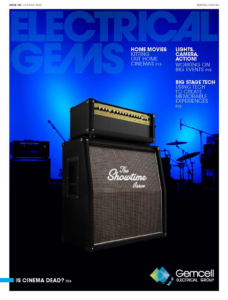
Issue 183
OCT - NOV 2024

Issue 182
AUG - SEPT 2024

Issue 181
JUN - JUL 2024

Issue 180
APR - MAY 2024
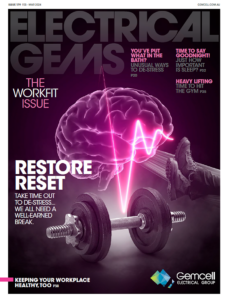
Issue 179
FEB - MARCH 2024
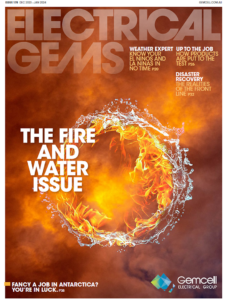
Issue 178
DEC 2023 - JAN 2024
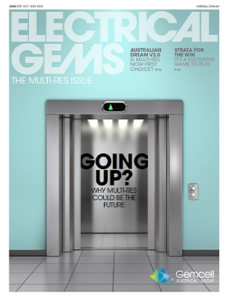
Issue 177
OCT - NOV 2023

Issue 176
AUG - SEPT 2023
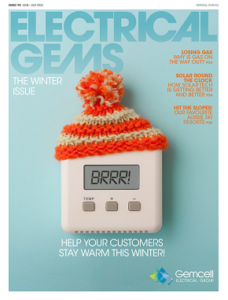
Issue 175
JUN - JUL 2023
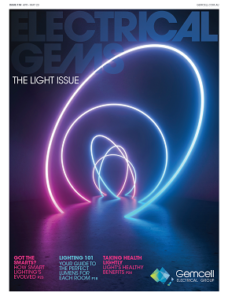
Issue 174
APR - MAY 2023
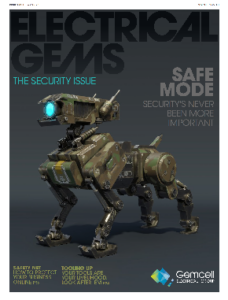
Issue 173
FEB - MAR 2023

Issue 172
DEC 2022 - JAN 2023

Issue 171
OCT - NOV 2022
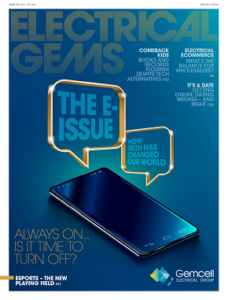
Issue 170
AUG - SEPT 2022

Issue 169
JUN - JUL 2022

Issue 168
APR - MAY 2022

Issue 167
FEB - MAR 2022
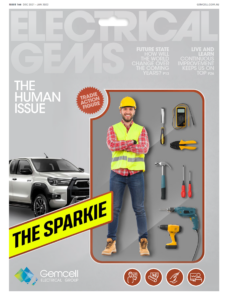
Issue 166
DEC 2021 - JAN 2022
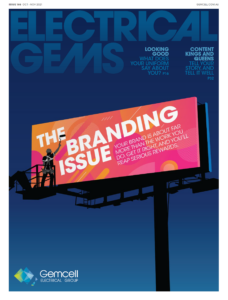
Issue 165
OCT - NOV 2021

Issue 164
AUG - SEPT 2021
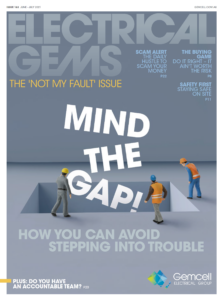
Issue 163
JUN - JUL 2021
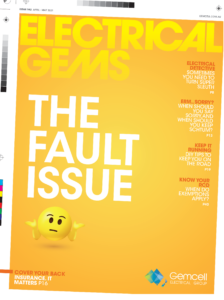
Issue 162
APR - MAY 2021

Issue 161
FEB - MAR 2021

Issue 160
DEC 2020 - JAN 2021

Issue 159
OCT - NOV 2020

Issue 158
AUG - SEPT 2020
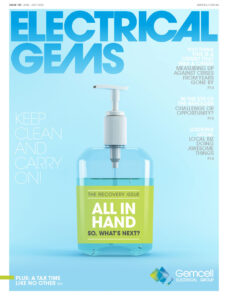
Issue 157
JUN - JUL 2022

Issue 156
APR - MAY 2020
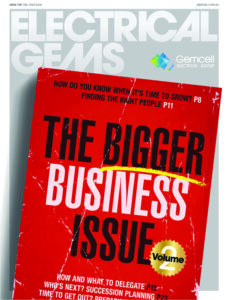
Issue 155
FEB - MAR 2020

Issue 154
DEC 2019 - JAN 2020

Issue 153
OCT - NOV 2019
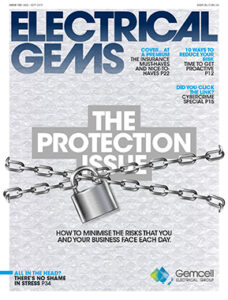
Issue 152
AUG - SEPT 2019

Issue 151
JUN - JUL 2019
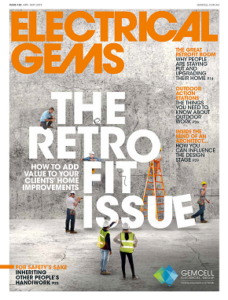
Issue 150
APR - MAY 2019
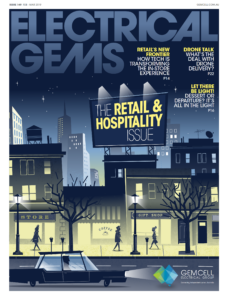
Issue 149
FEB - MAR 2019
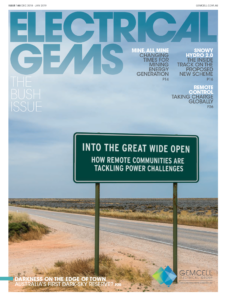
Issue 148
DEC 2018 - JAN 2019

Issue 147
OCT - NOV 2018
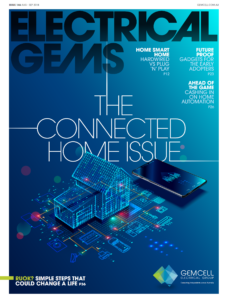
Issue 146
AUG - SEPT 2018

Issue 145
JUN - JUL 2018
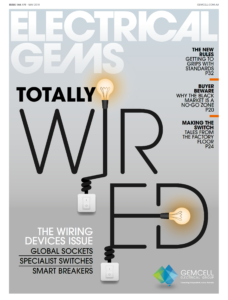
Issue 144
APR - MAY 2018
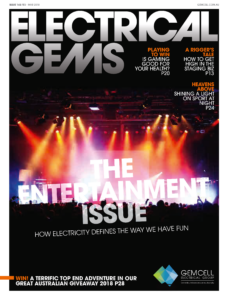
Issue 143
FEB - MAR 2018

Issue 142
DEC 2016 - JAN 2017
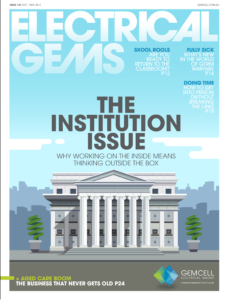
Issue 141
OCT- NOV 2017

Issue 140
AUG - SEPT 2017
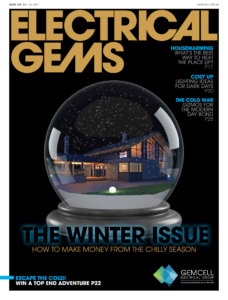
Issue 139
JUN - JUL 2017
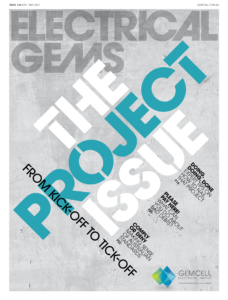
Issue 138
APR - MAY 2017

Issue 137
FEB - MAR 2017
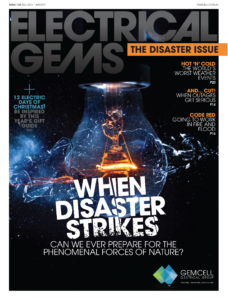
Issue 136
DEC 2016 - JAN 2017
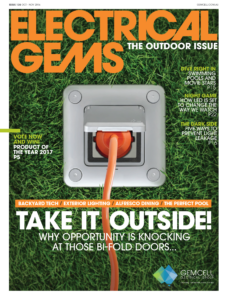
Issue 135
OCT - NOV 2017

Issue 134
AUG - SEPT 2016

Issue 133
JUN - JUL 2016
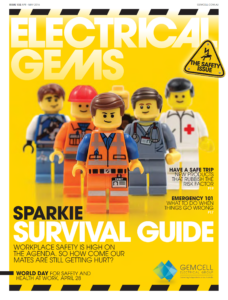
Issue 132
APR - MAY 2016
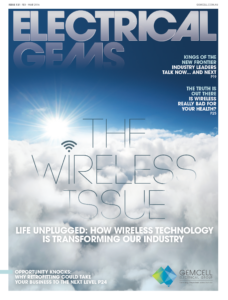
Issue 131
FEB - MAR 2016
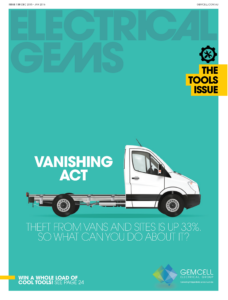
Issue 130
DEC 2015 - JAN 2016
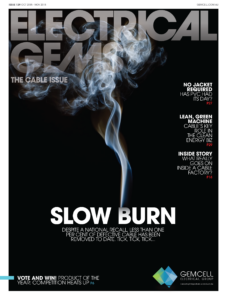
Issue 129
OCT - NOV 2015

Issue 128
AUG - SEPT 2015

Issue 127
JUN - JUL 2015

Issue 125
APR - MAY 2015

Issue 125
FEB - MAR 2015

Issue 124
DEC 2014 - JAN 2015

Issue 123
OCT - NOV 2014
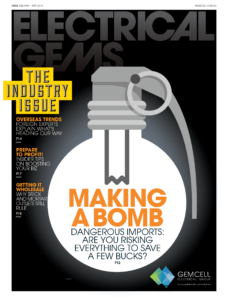
Issue 122
AUG - SEPT 2014

Issue 121
JUN - JUL 2014
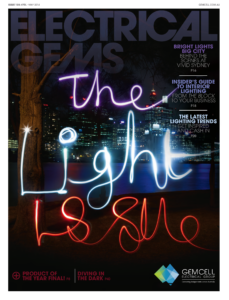
Issue 120
APR - MAY 2014

Issue 119
FEB - MAR 2014
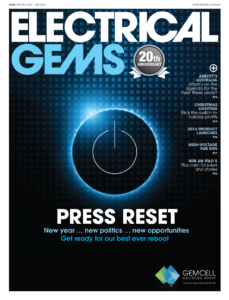
Issue 118
DEC 2013 - JAN 2014
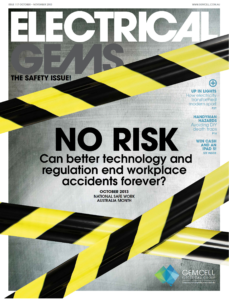
Issue 117
OCT - NOV 2013

Issue 116
AUG - SEPT 2013

Comments (0)
Write a Comment